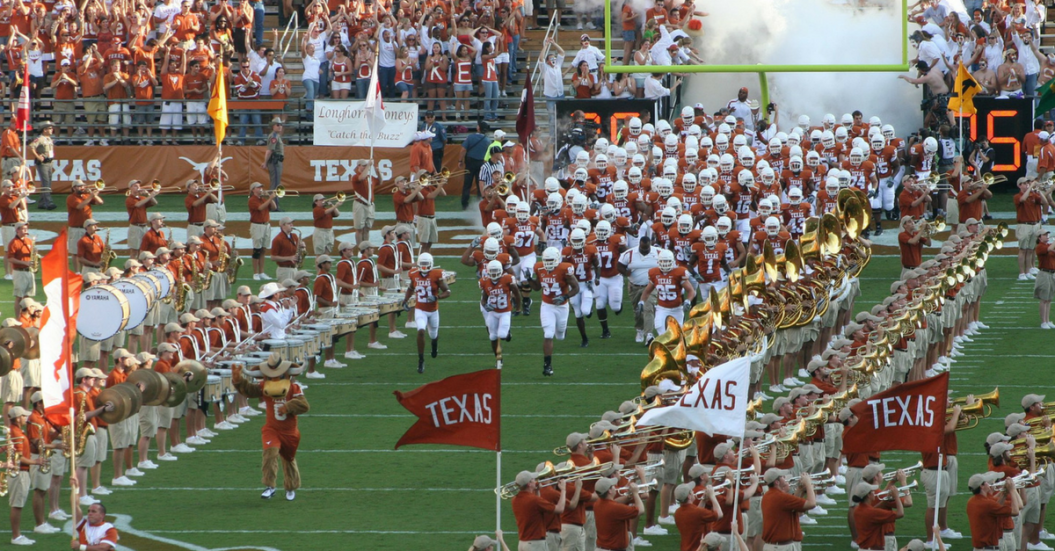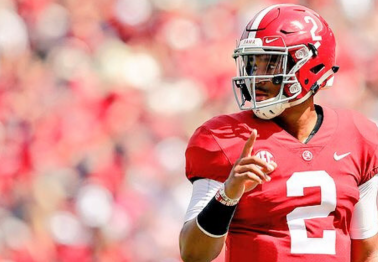The NCAA's Bylaw 12.8 details the "Five-Year Rule," which states that a student-athlete may not play more than four years in any one sport. The fifth year applies to a redshirt year, which a program may offer to a player should they require it; that player isn't eligible to compete in their sport, but they still save their four years of eligibility
This amendment approved by the Division I Council earlier this summer could change the landscape of Division I college football for so many teams:
12.8.3.1.6 Exception — Football. In football, a student-athlete may compete in up to four contests in a season without using a season of competition.
What does this mean?
Under the new redshirt rule, any incoming freshman, or player in general, who receives a redshirt can play in up to four games without sitting out the entire redshirt season. These games could happen early in the year or towards the end of the year, to be used at the program's discretion. Should an injury occur, or a program's season land in the toilet, the team can activate a redshirted player to its active roster, offering them playing time.
Who does the rule affect most?
To put it bluntly: everyone. The new rule, however, primarily affects schools at the Group of Five level, as well as other mid-major programs not necessarily in the national discussion. Not only will smaller universities be able to get younger players legitimate in-game repetitions, but they will have a huge recruiting advantage over larger programs: come and play with us, and you'll be installed before the end of your first year.
This new rule change also affects football players who aren't quite physically ready to play college sports, or at the faster game speed, coming out of high school as a true freshman. Additionally, if a blue-chip recruit is coming off of an injury their senior season, for example, a school can redshirt them. That allows time for the injury to fully heal, and then the team can install them late in the year fully healthy without losing a year of eligibility.
How could the rule be adapted?
Let's look at Clemson in the ACC. Let's say Dabo Sweeney starts highly touted quarterback prospect Trevor Lawrence over incumbent Kelly Bryant, and Lawrence flops after a few games; redshirt Lawrence, save his freshman season, and bring him back the following year with potentially four years remaining.
This rule isn't just for true freshman, but for the upperclassmen and graduate transfers who could lose their jobs to incoming players. It allows wiggle room for player movement, and player development, in a way college athletics has not been able to utilize before.
Also, NCAA programs entering their bowl game have additional flexibility when considering how to best utilize all of their college athletes. Division I football is demanding enough, but adding another game late in the season takes a toll on a program, particularly one that underperformed during the season. If a coach sees his older players lacking interest and motivation, he can play redshirt football student-athletes who have waited their turn all season.
The redshirt rule change is being heralded by so many college football fans. It's a chance to preserve the integrity of recruitment, and the idea of redshirting a player, without jeopardizing player safety and well-being. NCAA Division I football programs will be able to expand rosters, develop talent, and introduce younger players to the college game sooner than they used to.
It's a great move by the NCAA, and it will help improve competition in the college game for so many programs.

